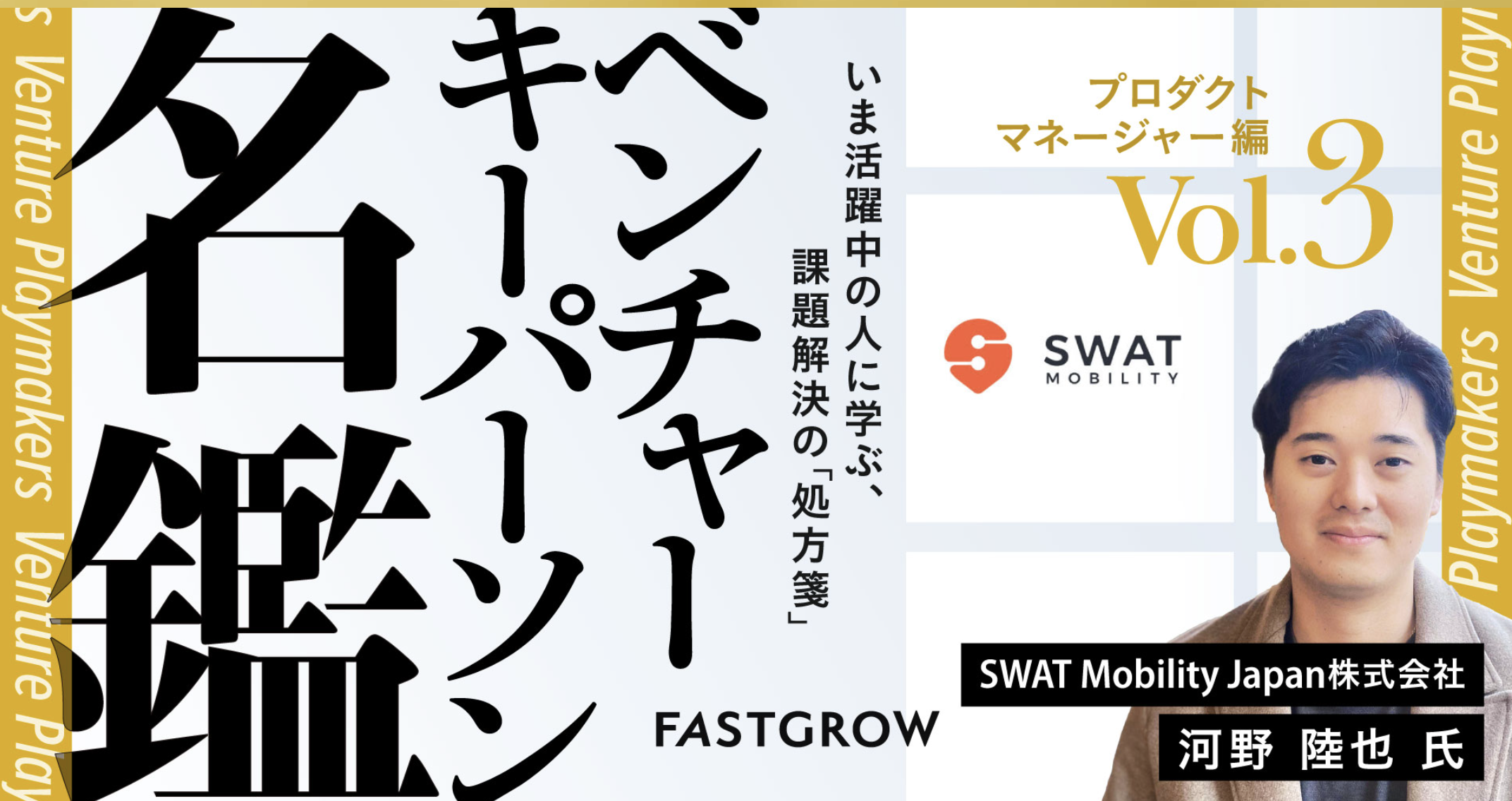For those whose jobs necessitate a return to the office in the midst of the COVID-19 pandemic, they will undoubtedly face a “new normal.”
Concerns over infection have severely limited the operating capacity of buses, trains, and jeeps, all of which are staples for commuters just trying to get from point A to point B.
As a result, the Philippine government has appealed to the private sector to provide transportation like shuttle services to their employees. So what are the options for these companies?
Seeing the dire situation their employees on the road face each morning, many companies have started to offer company shuttles.
Though well-intentioned, there are a host of logistical problems that can crop up: How do you balance heavy traffic with the need to pick up all workers? How do you decide which routes to take? How do you make sure no unnecessary detours are taken?
There are also potential problems in planning for shift workers, such as having to accommodate all of the different schedules. If they have split shifts, assigning vehicles becomes arduous.
Shuttle service
Running a company shuttle can also become exceedingly expensive if executed incorrectly: Failing to figure out the best routes to pick up employees can lead to being stuck in traffic for hours on end.
Not only does it create whopping expenses in the form of gas and vehicle maintenance, but the impact on productivity is also costly.
After all, it’s estimated that businesses in the Philippines lose an average of ₱4trillion a year no thanks to traffic — money that could have been spent on programs to encourage business growth.
Here is where a company like SWAT Mobility can provide a solution by providing vehicle-routing technology that efficiently solves complex logistical issues at a reasonable cost.
How these partnerships work is that a company gives authorized employees access to the SWAT Mobility app, where they can book rides for an entire month (ideal for employees on a fixed, regular schedule) or on-demand (for employees whose shift schedules change often).
Dispatching digitization
Their fleet picks employees up close to their door and gives a much better experience than public transport, while still being noticeably cheaper than a private car.
Users of SWAT Mobility in the Philippines have overwhelmingly reported increased safety, convenience and drastically reduced commute times.
There are still those who still stand opposed to the digitization of dispatching, intimidated by the complexity of the technology behind it. There are even arguments that too much technology would be distracting to a driver.
Yet there are many counterarguments against this.
In the case of SWAT Mobility, technology is used as a tool to assist the driver and improve the journey. If it gets informed of a road closure beforehand, its algorithm would take that into account and reroute accordingly.
Drivers are also asked to report any roadblocks they see and report it to our system.These roadblocks will be indicated on our navigation feature.
Routes for all vehicles would also automatically reroute immediately taking into account any road closures.
Through the use of these route optimization features, both riders and drivers can rest assured that their journey will always be as pleasant and short as possible.
Highly transmissible
The incredibly contagious nature of COVID-19 makes social distancing a necessity. As much as people want to adhere to it, however, it can be difficult to comply at all times, especially in crowded megacities.
Thus, nudges are helpful in reminding people of the need for social distancing.
In jeepneys, plastic screens are used to separate passengers from one another.
On the MRT and LRT, there are seat markers asking people not to sit close to one another. SWAT Mobility works with the Department of Transportation to set vehicle capacity controls and even keep records of each ride in case they’re needed for contract tracing.



.webp)

.svg)


.jpg)



